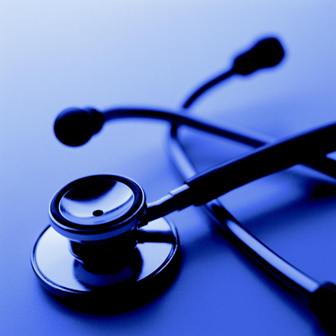 |
SINGAPORE DOCTORS DIRECTORY |
What to do when you have a medical emergency in Singapore
Ambulance Service
If you have a medical emergency in Singapore, the telephone number to call is 995. This line is operated by the Singapore Civil Defence. If you cannot remember the number you can always call the police hotline at 999 but you might waste precious minutes being passed from one operator to another.
Alternatively, you can go to the following Accident and Emergency Departments or 24 hour clinics.
On the phone with the Emergency Line Operator
You may not be very calm when you are on the phone with the emergency line operator. But you must try your best to provide the following information to help get the ambulance to your location in the shortest time possible.
1. Identify yourself and provide your contact phone number so that the ambulance crew can call you if they get lost.
2. Give the address of the exact location of the patient or casualty . Be specific: Eg. In a house, outside a mall, in a car.
3. Describe the state of the patient. Eg. He is bleeding a lot from the head, he is unconscious, he is screaming.
4. Describe the patient including gender, approximately age, and important medical condition (eg. He is a stroke patient).
5. Do not try to tell the whole story of how the patient got injured. Be concise: Eg. He was in a car accident.
After the Call
1. If you are not helping the patient, stand at the nearest main road, car park entrance and wave at the ambulance when it appears. Direct the ambulance to the exact location so that they do not waste time trying to identify the exact house or apartment block.
2. If you live in a house, move your own car out of your car porch so that the ambulance can back up all the way to your front door when it arrives. This will help the ambulance crew move the patient into the vehicle without any obstruction.
3. If you live in a high-rise apartment, inform the security guard so that the ambulance crew can enter the premises quickly. Or better still, wait at the security guard post yourself and lead the ambulance to the correct elevator lobby leading to your home.
** Note: The ambulance will bring the patient to the nearest hospital, and not the hospital of your choice.
At the Hospital
Once at the A&E department of the hospital, the patient will be attended to by the hospital staff. Stay at the A&E waiting area and be available to furnish the doctor with any information that might be useful to help find out what happened to the patient.
If you have not already done so, get someone to bring the medications that the patients have been taking at home. Eg. drugs for hypertension, diabetes, heart conditions.
Appoint one family member or friend as the main liaison person. Provide this person's contact information to the nurse.